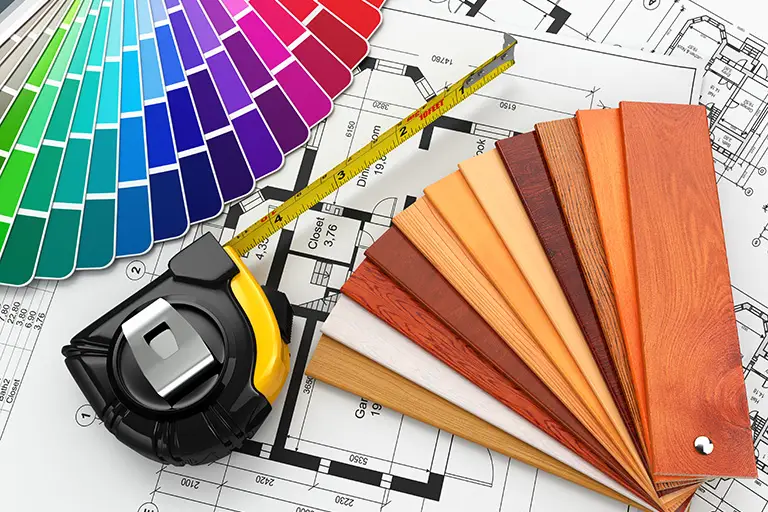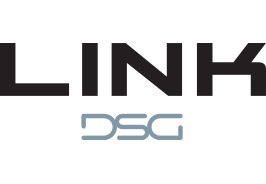Printing construction documents in color has traditionally been deemed a luxury item. For most, it was an expense that was simply too costly to contemplate. However, in the printing industry, there have been some very notable technologies that have truly changed operational processes. Ammonia exposed blueline prints, Xerographic printing, overlay drafting, CAD plotting, the move from ammonia exposed prints to toner or ink on bond paper — all of these technologies had a tremendous impact on productivity and processes during the production of construction documents and specifications. Today, as you walk through a print production facility, you will gaze upon the next major transition in the production of construction documents: high volume color printing.
Up until now, the high cost of printing construction documents in color made it unattractive and difficult to justify. Inkjet plotters were slow and expensive, and thus too expensive to justify printing sets of construction documents for everyday use in the office or the job site. Today this is not the case. With the introduction of new technologies from major manufacturers such as Hewlett Packard, Xerox, Canon and KIP, the cost of printing high volume construction documents in color has decreased to the point that users will now be able to justify and utilize the benefits of printing high volume construction documents in color every day.
Today, designers use color every day in 3D and 4D Building Informational Modelling (BIM) to clearly identify clash detection. They use color throughout the BIM files to communicate and clearly identify and isolate all construction design components. It has proven to be extremely effective to use colors within construction documents to isolate the various components and communicate information to contractors and subcontractors to eliminate costly errors during the construction process. While this is done in color within 3D and 4D BIM files, these documents have traditionally been printed in black and white for distribution to the construction teams due to cost. The benefits of communicating in color that were derived in the BIM stage disappeared when the documents were printed in black and white.
Now, with the advent of affordable color construction documents, this paradigm is bound to change. Today the advances in color printing technology will impact and lower the price of printing high volume constructions documents so that the benefits of printing in color can be realized both in the office and on the construction site. This will create a wholesale change related to the use of color on the jobsite. No longer will architects and engineers designing in color have to change the file to black and white for printing purposes. The same advantages that are derived in the design stage by the use color to differentiate information can now be shared on the jobsite and in the office when reviewing documents. In the next couple of years it will be likely that high volume affordable color printing will replace digital black line printing and be the next iteration of the ever evolving blueprint.





